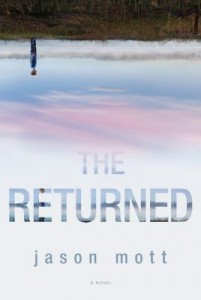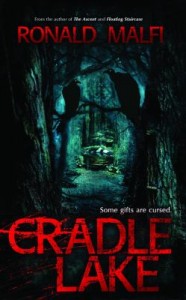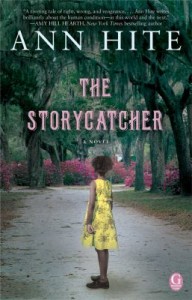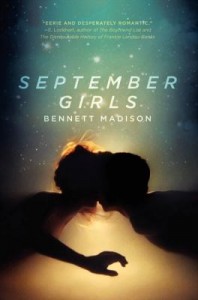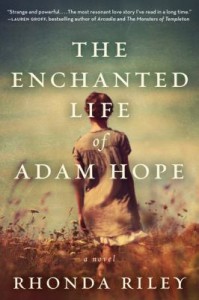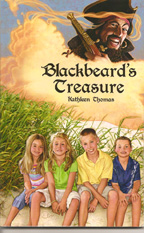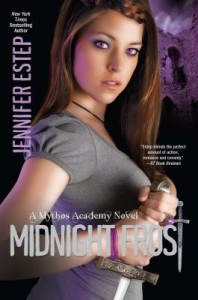 Gwen Frost can’t stop having nightmares. They’re eerily realistic and they all end the same way, with dreamy Logan Quinn, Gwen’s (almost) boyfriend, stabbing her in the chest. Since Jennifer Estep’s last Mythos Academy installment, Logan and Gwen’s developing relationship has been brought to a screeching halt following Gwen’s arrest and trial for the crime of releasing Loki from his imprisonment. Now Gwen has no idea about Logan’s whereabouts. And his absence is weighing heavily on her, along with the increased attention from the rest of the student body. Students don’t just point and stare – they’ve created a phone app to track Gwen’s every move.
Gwen Frost can’t stop having nightmares. They’re eerily realistic and they all end the same way, with dreamy Logan Quinn, Gwen’s (almost) boyfriend, stabbing her in the chest. Since Jennifer Estep’s last Mythos Academy installment, Logan and Gwen’s developing relationship has been brought to a screeching halt following Gwen’s arrest and trial for the crime of releasing Loki from his imprisonment. Now Gwen has no idea about Logan’s whereabouts. And his absence is weighing heavily on her, along with the increased attention from the rest of the student body. Students don’t just point and stare – they’ve created a phone app to track Gwen’s every move.
She might be Nike’s Champion, selected by the Goddess herself, yet Gwen has her doubts. She isn’t strong or fast like the other students of Mythos Academy who have warrior lineages. Students descend from Vikings or Amazons, or even Spartans. Gwen is just a Gypsy, albeit a Gypsy with the mysterious skill of psychometry, a magical trait that allows her to learn about people or objects simply through touching them.
And the Reapers want her dead.
During a botched attempt to poison Gwen in the Library of Antiquities, librarian Nickamedes is poisoned instead. Professor Metis works what magic she can to keep Nickamedes alive, but it’s up to Gwen and her friends to seek the antidote to the deadly Serket sap. Their trek leads them to the Denver branch of the Mythos Academy. A rare flower, Chloris ambrosia, grows in the Eir Ruins near the school and contains the antidote to cure Nickamedes’ poisoning. Despite an early threat en route to Denver, the journey feels easy, a little too easy. Sure the Reapers want to kill Gwen. But why are they luring her all the way to Denver?
Midnight Frost is the fifth book in novelist Jennifer Estep’s Mythos Academy series. In this volume, readers will discover a few more details about Gwen’s father, Tyr Forseti, plus some unsavory information about her paternal relatives. There is a map of the school’s Library of Antiquities in the front of the book and a few brief indices at the back of the book on the Warriors and the Magic, the Mythos Academy, the Students, the Adults, and the Gods and the Monsters to get readers entrenched in Gwen’s world. Estep keeps her characters relatable. She merges the supernatural with the everyday; characters possess extraordinary powers yet exhibit normal teenaged impulses too. Estep also blends many strands of mythology. What other book could readers pick up that combines elements of Norse, Egyptian and Greek mythology, and feature a cheeky talking sword?
Young adult readers ages 13 and up will enjoy this mythological urban fantasy series.
If you’re new to this series, start by reading our first entry on Estep’s Mythos Academy. Or, check this title’s availability in the UNC-Chapel Hill Library catalog.

